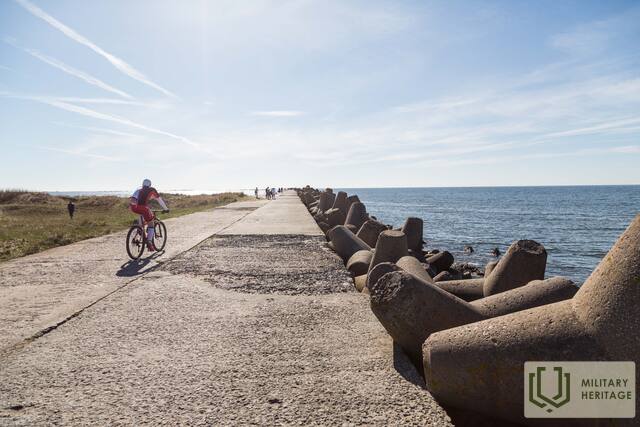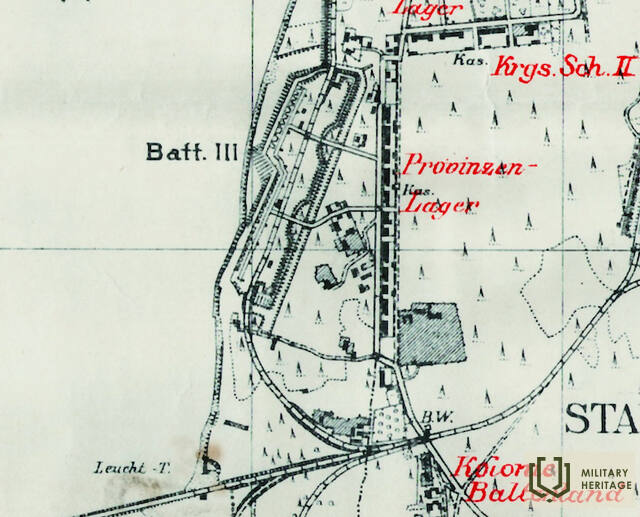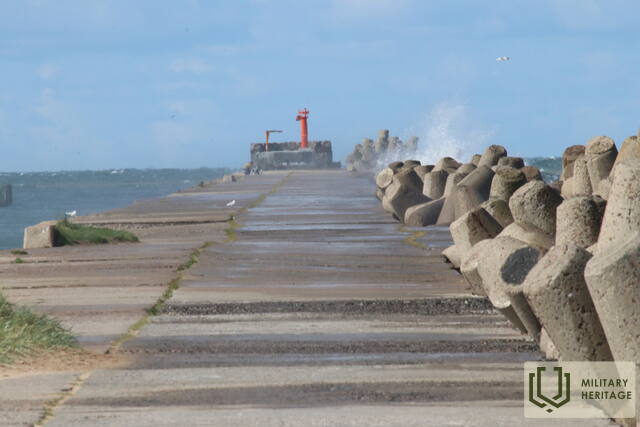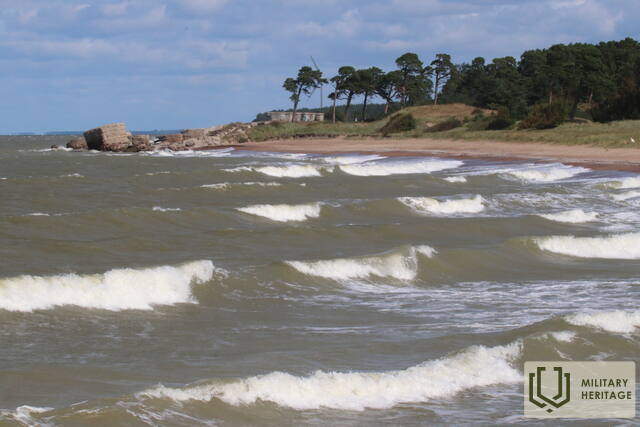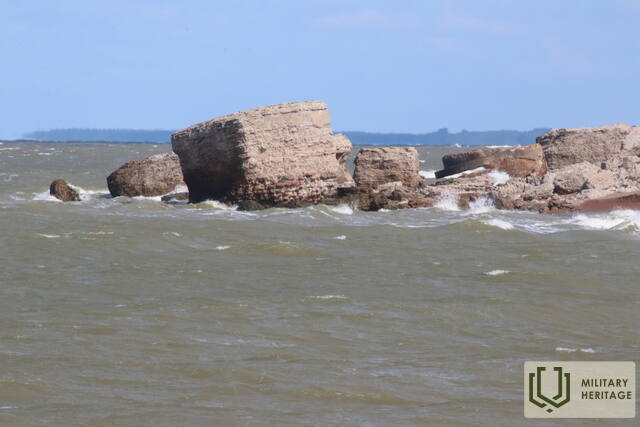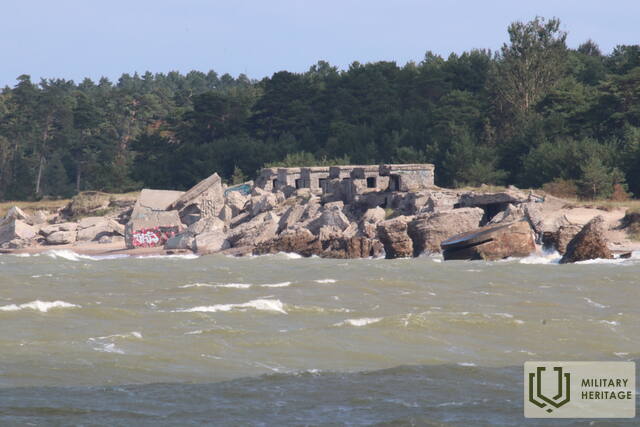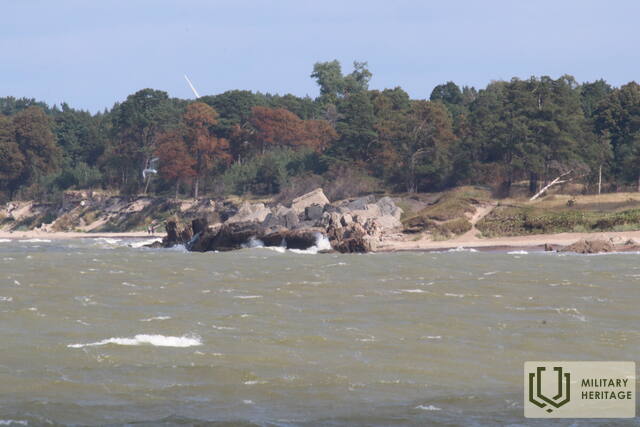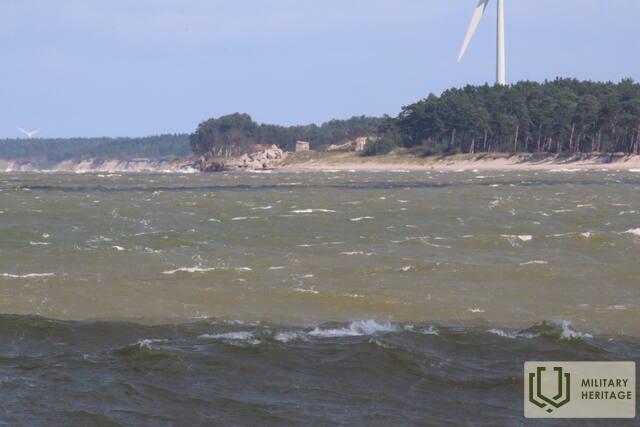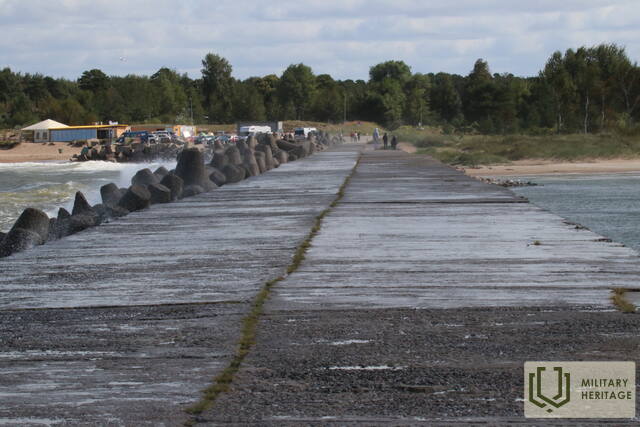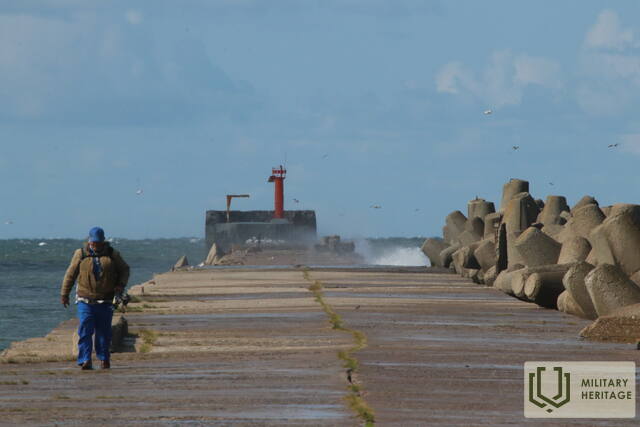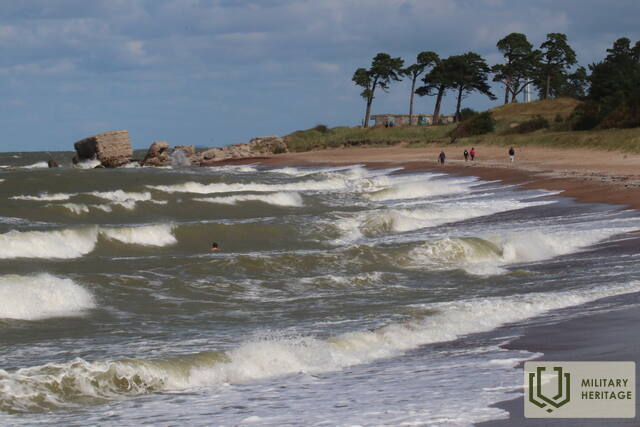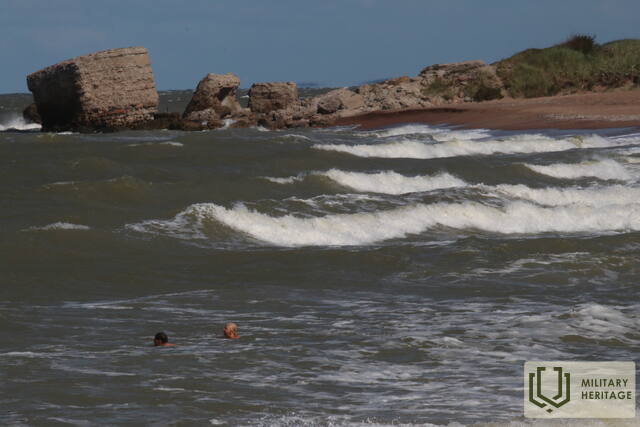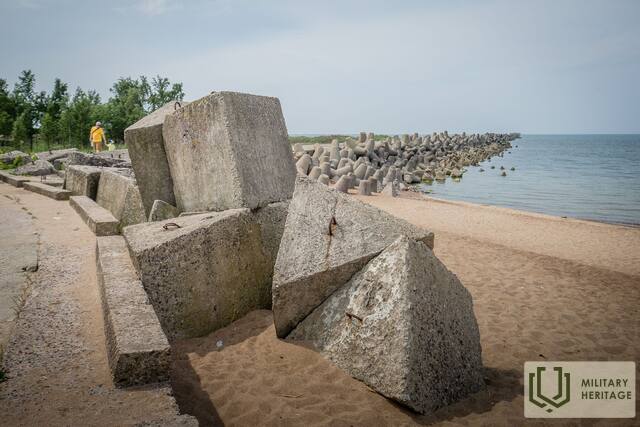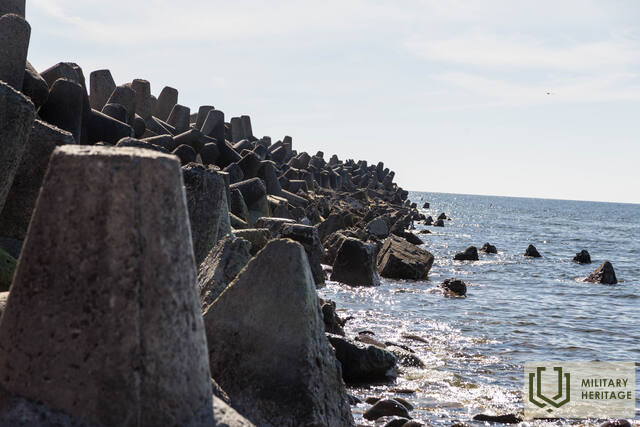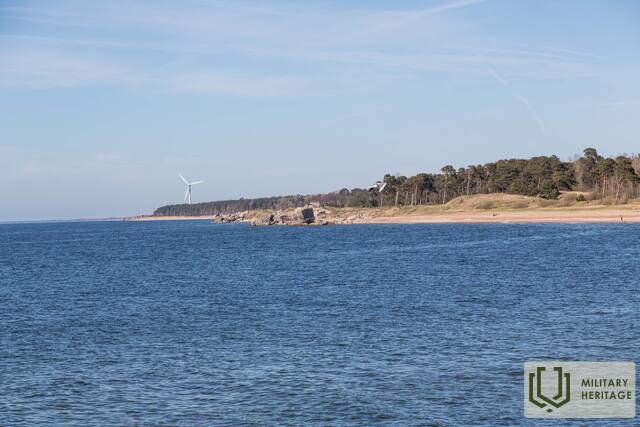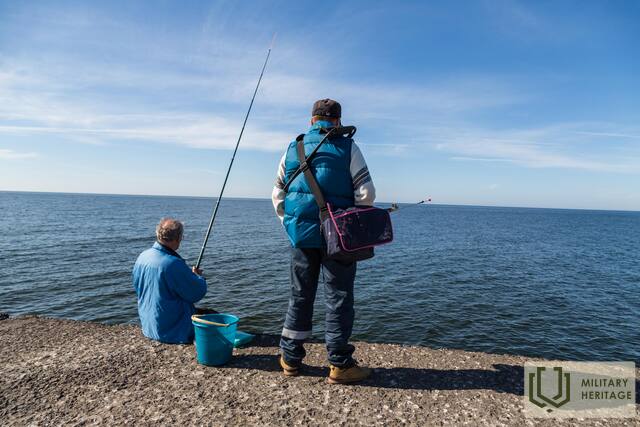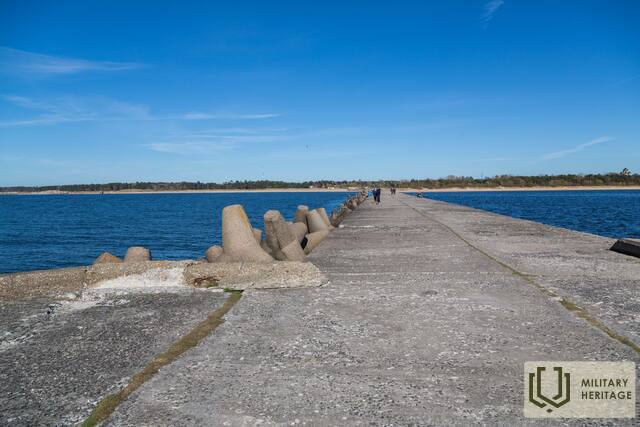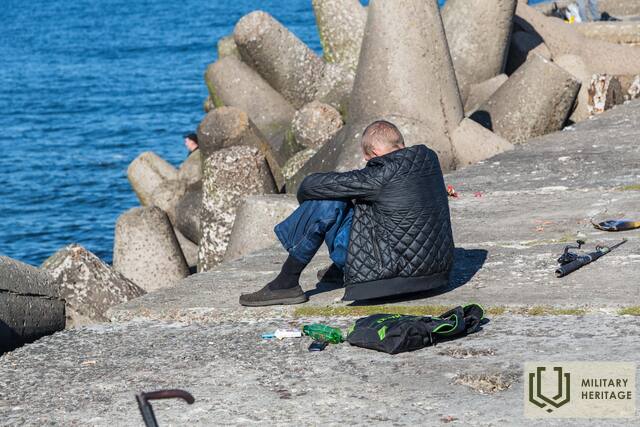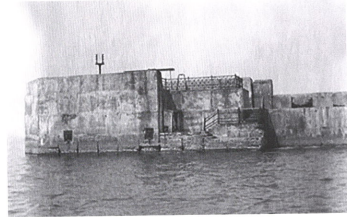Šiaurinis molas ir 3-ioji baterija Karostoje
Infrastruktūra

Ilgiausias molas Latvijoje – Šiaurinis molas – buvo pastatytas XIX a. pabaigoje kaip labai svarbi Liepojos jūros tvirtovės ir karinio uosto dalis. Molo ilgis – 1800 metrų, plotis – 7,35 metro.
Šiaurinis molas yra vienas pirmųjų imperatoriaus Aleksandro III uosto statinių, pastatytas 1890–1892 m., prieš kasant Karostos kanalą. Kartu su Šiauriniu molu, Pietiniu molu ir Pietiniu molu molas sudarė Liepojos užkampį.
Liepojos tvirtovės 3-ioji baterija buvo įsikūrusi šalia Karostos šiaurinio molo ir buvo planuojama, kad ji bus didžiausia ginkluotės atžvilgiu. Buvo pastatytos platformos keturiems 6 colių (152 mm) 1892 m. modelio „Canet“ sistemos pabūklams, penkiems 11 colių (280 mm) 1887 m. modelio pabūklams ir dviem 57 mm „Nordenfeld“ prieštankiniams pabūklams, taip pat 18 9 colių (229 mm) pabūklų ir minosvaidžių.
Šiandien 3-iąją bateriją labiausiai veikia vyraujanti pietų-šiaurės jūros srovė, kuri už Šiaurinio molo sukuria sūkurį, dėl kurio išplaunami patrankų platformos pamatai.
Šiaurinis molas saugo Liepojos uosto teritoriją nuo šiaurės vakarų vėjų. Tai mėgstama vieta Liepojos gyventojams ir lankytojams stebėti saulėlydžius, žvejoti ir stebėti jūrą įvairiomis oro sąlygomis. Ypač įspūdinga audrų metu.
Šiaurinėje prieplaukoje yra daug vietos automobiliams pastatyti. Taip pat yra tualetai ir kavinė su unikaliu vaizdu į jūrą.
Panaudoti šaltiniai ir literatūra:
liepaja.travel
www.karostascietums.lv
Susijusi laiko juosta
Susijusios temos
Susijusi istorija
Sovietų aviacijos antskrydžiai Liepojos priemiestyje 1944 m. spalio ir gruodžio mėn
Antrojo pasaulinio karo pabaigoje Vokietijos pajėgos Kurše galėjo sėkmingai gintis septynis mėnesius, nes Vokietijos karinis jūrų laivynas išlaikė kovinį pajėgumą iki Antrojo pasaulinio karo pabaigos ir aprūpino armijų grupę „Šiaurė“, o vėliau ir armijų grupę „Kuržemė“. Pagrindinis uostas buvo Liepoja, per kurią buvo pristatoma ir gabenama 80 % visų krovinių. Taigi Liepoja tapo svarbiu sovietų Baltijos karinio jūrų laivyno ir tolimojo nuotolio aviacijos taikiniu.
Vokietijos armijos radaro postas Ulmalėje
Vokietijos ginkluotosios pajėgos keliose vietose dislokavo radarus, kurie leido daug anksčiau nustatyti priešo aviacijos veiklą Kuržemės regione.
Vokietijos armijos radaro postas Jūrkalnėje
Siekdamos apsaugoti Kuržemės pakrantę nuo galimo sovietų ar net Vakarų sąjungininkų išpuolio, Vokietijos ginkluotosios pajėgos keliose vietose dislokavo radarus, kurie leido daug anksčiau nustatyti priešo oro veiklą. Viena iš jų buvo įrengta Jūrkalnėje.




